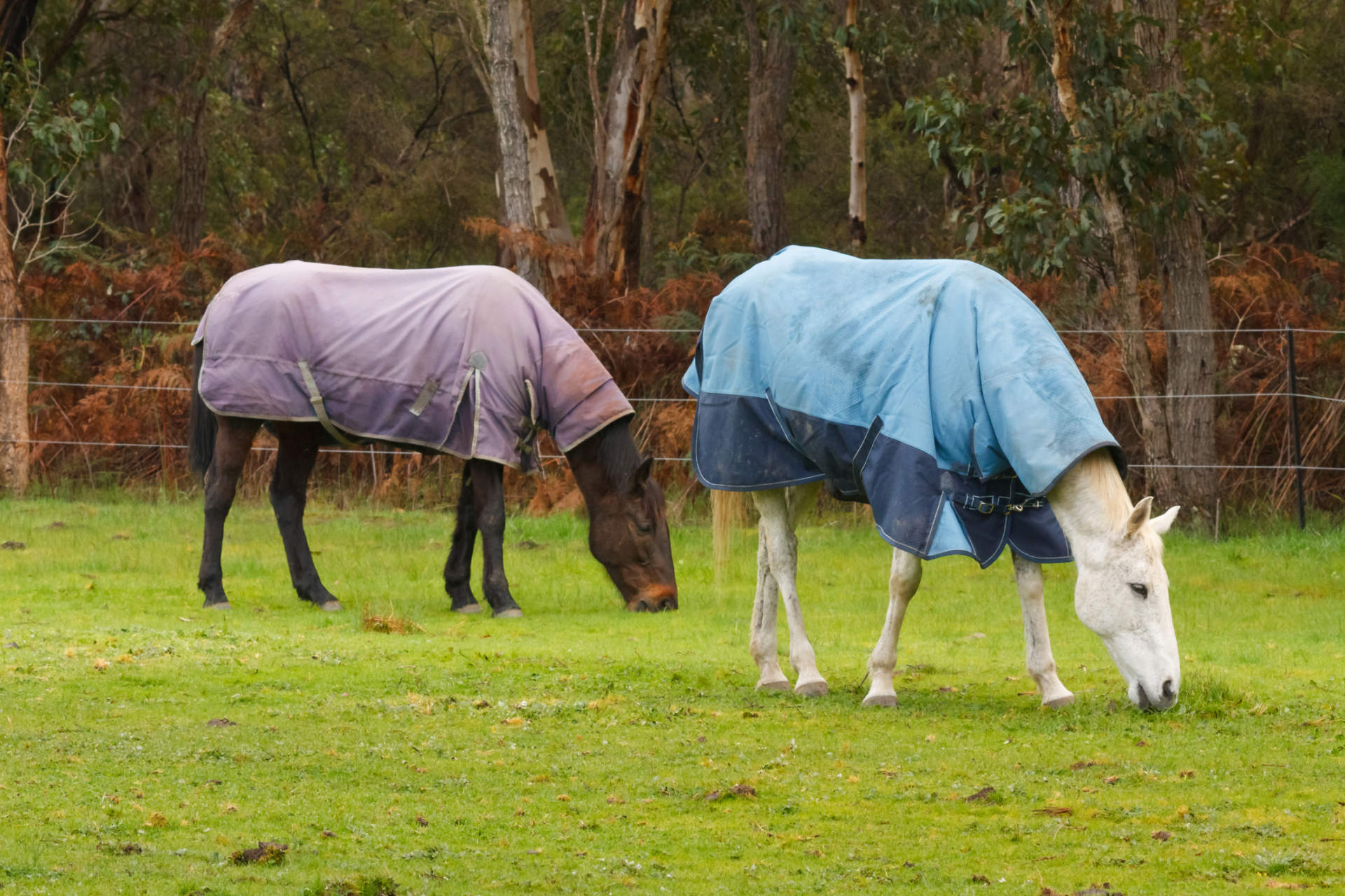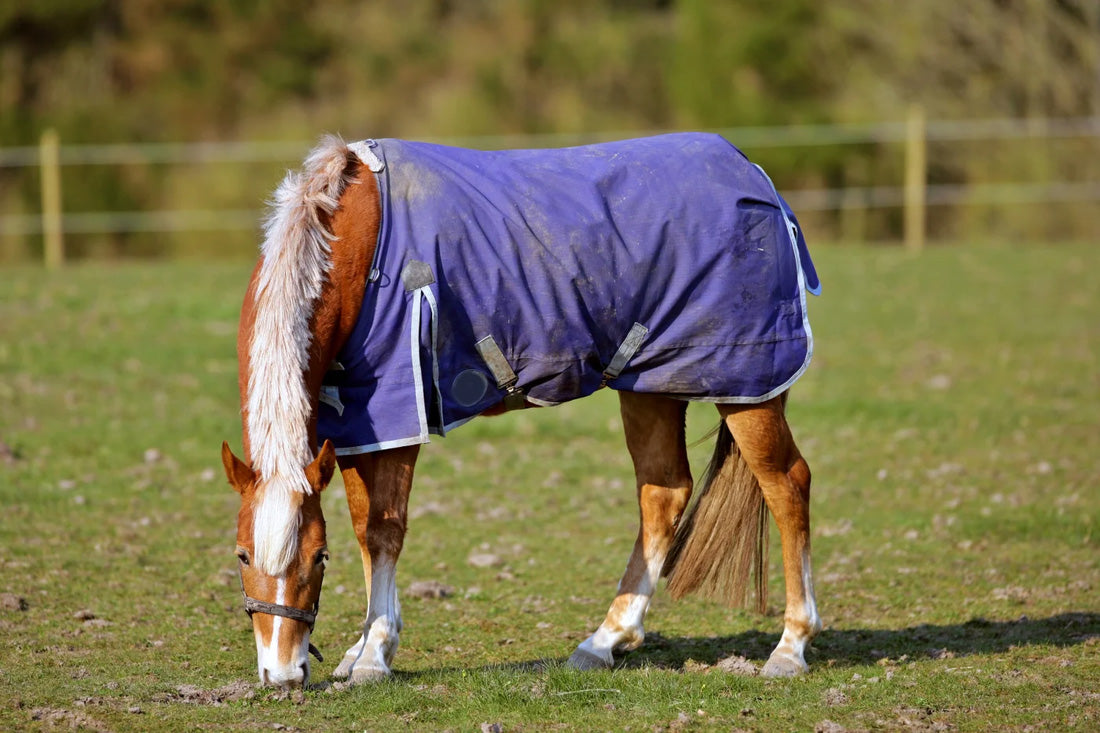
When to Blanket a Horse: An Exclusive Guide to Terrific Tips
Share
Understanding when to blanket a horse is crucial for every health-conscious horse owner. Blanketing may appear to be a simple task, but it encompasses a myriad of factors that play vital roles in your horse's health and comfort. If youre a dedicated owner looking to keep your equine friend warm, cozy, and protected, this guide is for you!

Why Is Blanketing Important?
Blanketing serves several essential purposes in horse care. It not only provides warmth during colder months but also protects horses from rain and snow, reducing the chances of becoming ill. Additionally, certain breeds may struggle with temperature regulation due to their coat type, making when to blanket a horse a key consideration.
Assessing Weather Conditions
One of the primary factors that dictate when to blanket a horse is the weather. As a responsible horse owner, you need to monitor the weather conditions regularly. It's critical to observe:
- Temperature: Horses are generally comfortable in temperatures above 30F (-1C). Below this temperature, especially with wet weather, a blanket is often necessary.
- Wind Chill: Wind can rapidly decrease a horse's ability to maintain warmth, making it vital to cover them when it is windy.
- Humidity: High humidity combined with cold temperatures can lessen a horses comfort level, thereby necessitating a blanket.
Understanding Your Horses Needs
Every horse is unique, and their individual needs can vary significantly. Consider these factors:
- Age: Older horses often require extra protection due to their decreased ability to regulate body temperature.
- Breed: Some horse breeds have naturally thicker coats, affecting when to blanket a horse. For example, Arabian horses have a finer coat compared to heavy-breed horses like Clydesdales.
- Health Status: A horse with health issues or significant weight loss may need a blanket for additional warmth.

Types of Blankets and Their Uses
Not all horse blankets are created equal. Heres a breakdown of common types:
- Turnout Blankets: Designed for outdoor wear, these blankets are waterproof and durable.
- Stable Blankets: Typically used indoors for added warmth, they allow for breathability.
- Sheeting: Great for light coverage during transitional weather, often used in fall and spring.
Signs Your Horse Needs a Blanket
It can be challenging to determine when to blanket a horse. Look for signs such as:
- Piloerection: The hair stands on end, which is a natural response to cold but shows discomfort.
- Cold Ears or Feet: If your horses extremities feel unusually cold to the touch, a blanket may be necessary.

Best Practices for Blanketing
Here are some terrific tips to ensure effective blanket use:
- Fit is Key: Make sure your horses blanket fits snugly without being too tight or too loose. A poor fit can lead to chafing and discomfort.
- Regular Inspection: Check your horse's blanket frequently for wear and tear, as well as to ensure it remains clean.
- Layering: In extremely cold conditions, layering may provide additional warmth without the risk of overheating.
Internal Resources for Horse Owners
If you'd like to learn more about general care for your horse, you may find these resources helpful: Why Brush After Riding, Cleaning a Hair Brush, Do Horses Like Brushing?

Frequently Asked Questions (FAQ)
1. How do I know if my horse is cold enough to need a blanket?
Check their behavior; if they're shivering or huddling, they might need extra warmth.
2. Can horses wear blankets all winter?
Yes, but monitor them closely to ensure they're not getting too warm or uncomfortable.
3. How often should I check my horses blanket?
Regularly inspect for damage and cleanliness, checking daily is ideal.
Conclusion
In conclusion, understanding when to blanket a horse is an essential aspect of responsible horse ownership. By paying close attention to your horse's individual needs and environmental factors, you can help ensure their comfort and well-being throughout the seasons. For further information on horse breeds and care tips, you might want to check out articles on popular horse breeds at Popular Horse Breeds or Basic Care Guide.
As an Amazon Associate, I earn from qualifying purchases.
